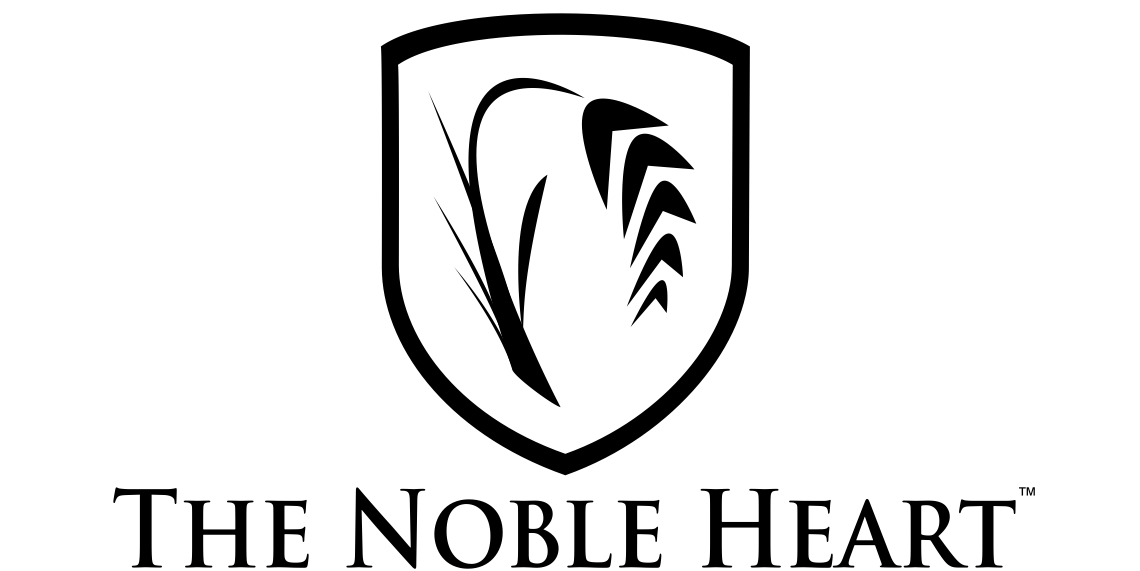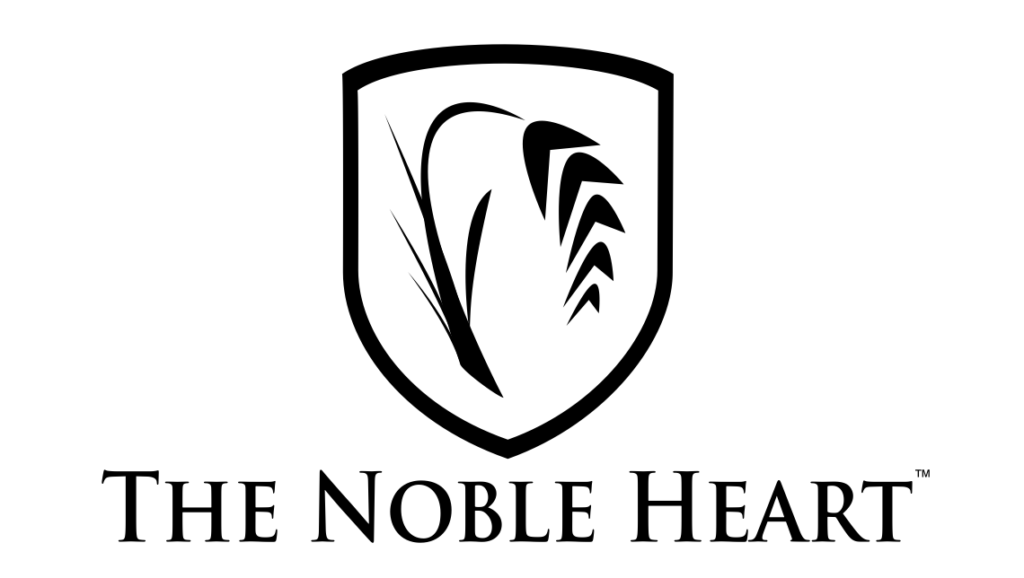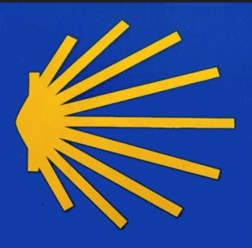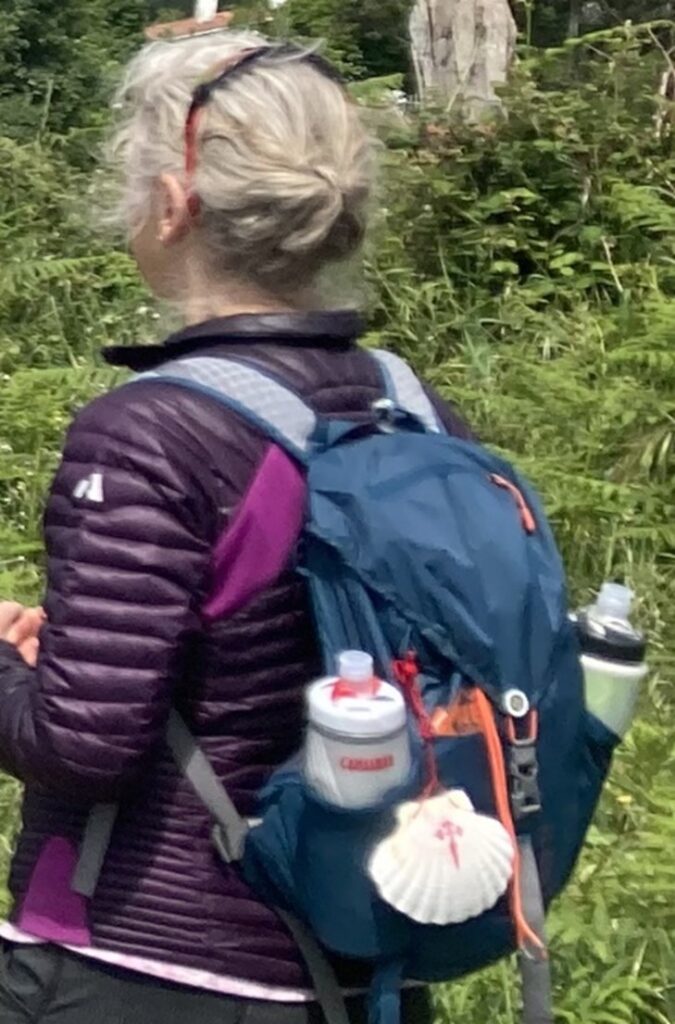“Consider well the highway,
the road by which you went.”
(Jeremiah 31:21, ESV)
“Blessed are those whose strength is in you,
whose hearts are set on pilgrimage.”
(Psalm 84:5, NIV)
The Camino de Santiago (Way of St. James) is a pilgrimage route to the Cathedral of Santiago de Compostela in Galicia in northwestern Spain, where tradition has it that the remains of the apostle Saint James are buried.
Legend goes on to say that after Christ’s crucifixion, resurrection, and ascension, James headed off to the Iberian Peninsula in order to preach the word. But it wasn’t yet time. He attracted just seven disciples for his troubles. James returned to Jerusalem, where he was martyred by King Herod. The legend says James’ body was then transported to Spain by friends and followers.
The history of the Camino de Santiago pilgrimage goes back to the year 814 and the discovery of James’ tomb, which means people have been traveling this route for 1,200 years. In 2018, the number of pilgrims was over 330,000. Like many things, the number collapsed during Covid; but in 2021, 178,912 pilgrims completed the walk. Statistically, 68% of pilgrims are from Spain, 10% are from the USA, almost 20% are over age 60.
The pilgrimage is based on the destination – the cathedral in Santiago – rather than any specific route or distance. There are many established routes, starting in France, Portugal, and Spain. The Camino Primitivo from Oviedo is the oldest, but the most famous is the Camino Francés or French Way starting in St Jean Pied de Port, in the French Pyrenees. This particular trail is 800 kilometers long and takes approximately five weeks to complete. That’s a long way to walk, but some go even further. On our trip we met a delightful young man who walked from his home in Belgium and was on his way back – a roundtrip of at least 3,000 kilometers. A pilgrim can start their Camino at any point as long as they walk at least 100 kilometers. Thirty-one percent of pilgrims begin their walk in Sarria, which is approximately 112 km from Santiago. So did we.
* * * * *
Pilgrims walk these trails for different reasons. For some, the experience has religious significance, but for others, it’s about finding quality time to think, breathe, heal and discover oneself.
Cyndi and I weren’t concerned whether the tomb contained the bones of Saint James, or any of that. However, we were interested in absorbing the spiritual energy from people who’ve been taking this path for 1,200 years. We wanted to join this ancient stream of millions seeking God.
Sometimes, we have to get outside of our normal routines and places to reconnect with God. A change of location can result in a change of perspective. And for both Cyndi and me, this effect is amplified by physical movement. When you walk for long distances and for several days it can be like meditation. The rhythmic repetition has a calming effect on your body and soul.
What makes pilgrimages like the Camino valuable is they hold out the promise of change. We can go on pilgrimage knowing God will change us; we don’t have to make it happen on our own. As a writer, I know that if I insert myself into new environments and adventures, my thinking, and way of being in the world, will change. I’ll come back home with stories to tell, and lessons to teach, and I’ll be a different man because of it all.
* * * * *
The first time I heard of the Camino de Santiago was around 2010 from a Long-Distance Hiking Podcast. Then, in 2012, Cyndi and I watched the movie, The Way, (If you haven’t seen it, I recommend you put it near the top of your list.) and we started telling each other we’d like to do the pilgrimage someday.
But someday takes too long. Finally, Cyndi said, “We need to go now.” I said, “Yeah, our ability to do this sort of thing is a diminishing asset.”
So in 2019 we started making plans. I researched several tour services, read guidebooks and memoirs, and checked the best season with the best weather for an optimal hike.
The month of May seemed to be the opportune time: the rainy season is over, and the European vacation season is still weeks away. I also settled on booking our trip with Fresco Tours. So, we made plans to go in May of 2020. But then, Covid happened. The entire country of Spain locked down and the hotels and hostels along the route were closed. We reluctantly delayed our hike one year, to May 2021.
But in 2021, the Covid situation in Spain was on the uptick, so we decided to delay another year. We weren’t really worried about getting sick, but we didn’t want to risk being quarantined in some tiny Spanish town.
In 2022 my left foot and ankle collapsed, requiring reconstruction surgery in June. Obviously there was no Camino walking that year.
And now, 2023 was finally our year. We left Midland on May 10th, hiked 71 miles in six days, then returned home May 20th.
* * * * *
We met the other members of our tour group at dinner on the evening of May 12th, the night before we started walking. Our Fresco Tours guide gave us our Camino seashell, maps, hotel vouchers, luggage tags, pilgrim credentials, and lots of advice. He told us to tie the seashell to our backpacks. He said, “Tying the shell to your pack transforms you from a tourist to a pilgrim.” I thought about his statement for the entire journey.
The origins of the word “pilgrim” are generally agreed to mean traveler. It comes from the Latin perager, meaning “through the fields,” or the French word pelegrin, meaning “foreign,” or maybe even the English word peregrinate which means to “wander or travel, especially by foot.”
As a pilgrim, we may choose the journey, but we can’t choose the meaning. We choose our path, but not the message, the lesson, the impact, or the changes that will come from it. We choose a life, but we then have to live life as it comes. We have to live out the changes God makes in our heart.
I spent most of my Christian life assuming that being filled with God meant I would have spiritual superpower, greater insight, or even magical teaching skills. I was certain the reason God wanted to fill me was so I could perform better. I didn’t appreciate that he wanted to fill me with himself just to be together with me, to take me further down the way. While I’ve been intentional about choosing a life, I had no way to anticipate the changes Jesus would make.
* * * * *
“A disciple of Jesus is a lifelong learner. A disciple’s hunger for truth is never satisfied.
A pilgrim never quits the pilgrimage.”
(Leonard Sweet, Soul Salsa)
What does it mean to live life as a pilgrim? It requires intentionality and determination. Intentionally abiding in Jesus and allowing the Holy Spirit to produce his fruit in you for the sake of others. It’s about deepening rather than accumulating. Living like a pilgrim is a daily practice.
For many years I’ve used the term lifelong pilgrim to describe how I want to go through life. Whether hiking on the Camino, or riding my bike, or backpacking in the Guadalupes, or writing in the Basilica St. Francis in Santa Fe, or reading in my rocking chair, or working on my next book, or teaching a class.
The Apostle Paul wrote: “Take your everyday, ordinary life—your sleeping, eating, going-to-work, and walking-around life—and place it before God as an offering. Embracing what God does for you is the best thing you can do for him. Don’t become so well-adjusted to your culture that you fit into it without even thinking. Instead, fix your attention on God. You’ll be changed from the inside out. Readily recognize what he wants from you, and quickly respond to it. Unlike the culture around you, always dragging you down to its level of immaturity, God brings the best out of you, develops well-formed maturity in you.” (Romans 12:1-2, MSG)
Those are good words. Living like a pilgrim takes a lot of practice. I pray that you’ll choose the path God has laid out before you, and that you’ll allow the changes he wants to make along the way.
(Follow this link to my Camino Diary for a more detailed account of our trip.)






 We Are All Addicts
We Are All Addicts
Leave a Reply